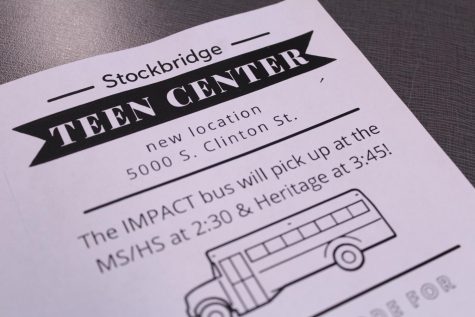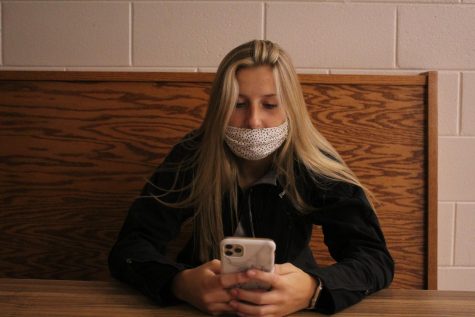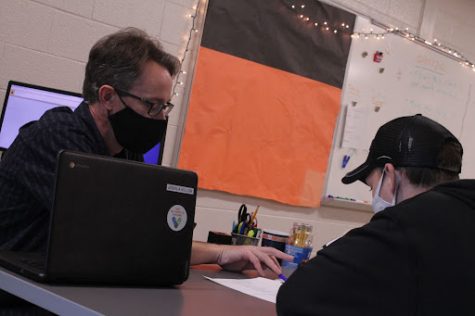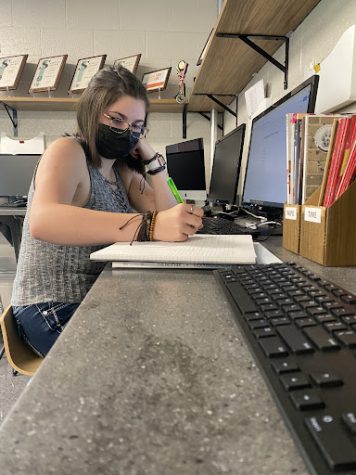Close–knit communities need closer places for teens to work
Imagine you spend eight hours in school, one or two hours for extra curricular, and then have to drive for the same amount of time to get to work. This is the life of a rural student—students who have to go out of the way to get a job.
With school, homework and after school activities, traveling 30 minutes to an hour to get to a job seems a lot to balance.
High school already fits the definition of a full-time job, forcing those who need money to take on a part-time work as well.
For many teens, jobs are a night time activity, after school has let out.
However, nighttime is also a dangerous time for teens to be on the road.
In fact, the fatal crash rate of 16-year-olds is nearly twice as high at night according to the Children’s Hospital of Philadelphia Research Institute.
It’s an accident waiting to happen, as for many teens nighttime is the only time they can work. Not to mention, many teens have to work to support their families.
The state of Michigan only allows minors of 16 years and up to work as early as six in the morning.
In effect, the law makes it so teens can only work after school as many secondary schools start around 7:30 a.m.
Not to mention, school activities and school drivetime cut into a teen’s available time to work. When that time is factored in, students find themselves working late and getting home even later.
“Only 14 percent of the miles driven by 16- to 17-year-old drivers occur between 9 p.m. and 6 a.m., yet this time period accounts for 32 percent of fatal crashes in this age group,” the Children’s Hospital noted in a research study.
This time crunch presents a crucial risk for teens because these are the times when students are driving the most.
Despite all of this, the reward outweighs the risk for many as they continue this routine day in and day out.
While the problem of long commutes to work seems like the issue, a larger issue emerges: Students should not have to work just to keep the lights on or food on the table. They should be focusing on school.
Our close-knit community should find ways to help these teens concentrate on their real jobs–attending high school.








